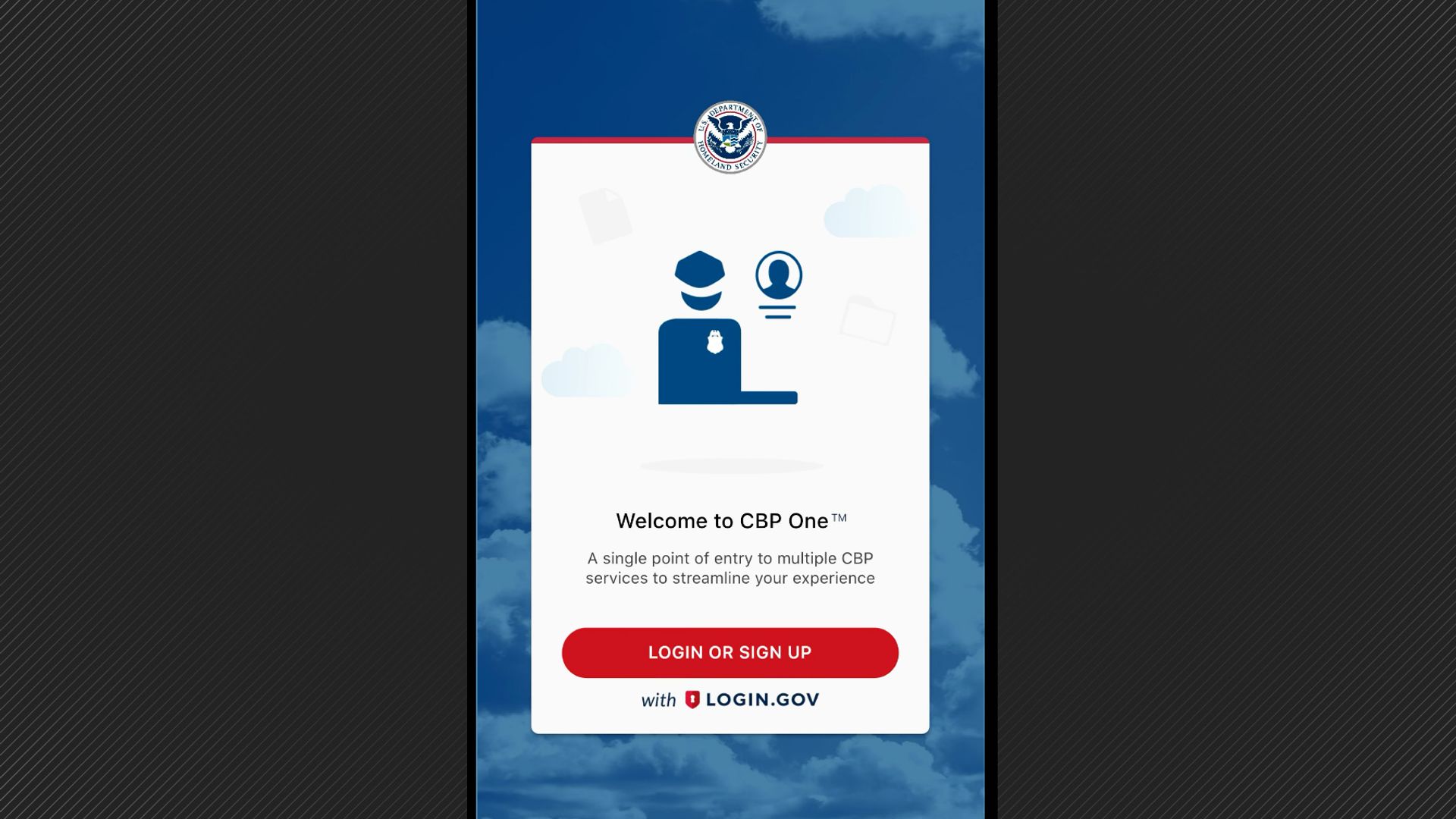
A new report from the Department of Homeland Security Inspector General found Customs and Border Protection (CBP) did not properly plan to use the CBP One app for immigrant parole applications.
In January 2023, CBP started allowing noncitizens to use the app to apply, submit biographic information and schedule appointments for President Biden’s immigrant parole program. Customs officers could use the information to vet the immigrants before they arrived and flag national security concerns.
But the inspector general found CBP failed to make sure the app was ready, and also neglected to implement improvements that could have better identified fraud.
The Inspector General stated CBP, “did not formally assess and mitigate the technological risks involved with expanding the application to allow undocumented noncitizens (noncitizens) to schedule appointments to present themselves for processing at Southwest Border Ports of Entry.”
First, CBP did not ensure the app’s “Genuine Presence functionality” was properly designed for the expansion. That’s an anti-fraud security measure that requires applicants to submit a picture of themselves to ensure they’re a real person. CBP also failed to implement adequate infrastructure for the app to support the increase in traffic. Both those issues led to crashes and error messages.
CBP ran tests and discovered the app would slow down at 360,000 transactions per hour and experience major issues at 480,000 transactions per hour. At 9 a.m. the day the app was first introduced for applications, 450,000 users were already on it. That led to many users getting error messages. CBP increased the bandwidth in January and March to help solve the problem.
In addition CBP did not provide proper language translations and, “equity of appointment distribution.” The IG said that created language barriers and some applicants not receiving an equal opportunity to get an appointment.
The report also found that CBP failed to use the information submitted by immigrants to identify suspicious trends. For instance, the IGs office discovered more than 208,996 noncitizens who used the same address as another applicant despite appearing to be unrelated. But according to the IG, CBP never communicated much of that data to ports of entry to consider for the applicant’s eligibility. In one example, 358 people used the same single family home as their address.
The IG stated: “CBP does not have a mechanism to routinely analyze CBP One™ advance information for suspicious trends across the eight Southwest Border POEs as part of its pre-arrival vetting procedures.”
The IGs office said it made three recommendations to fix all these issues, and CBP is currently working to get it done. For more unbiased reporting, download the straight arrow news app and turn on notifications.











